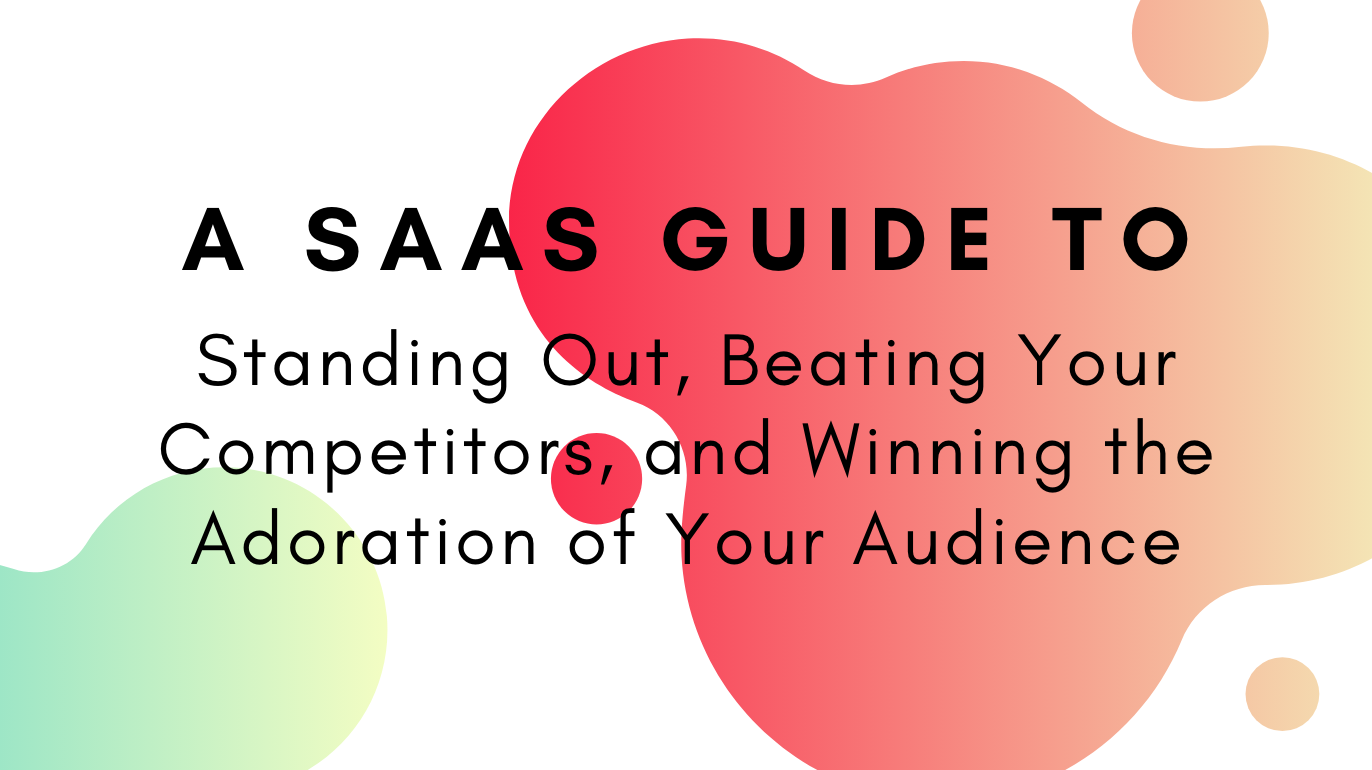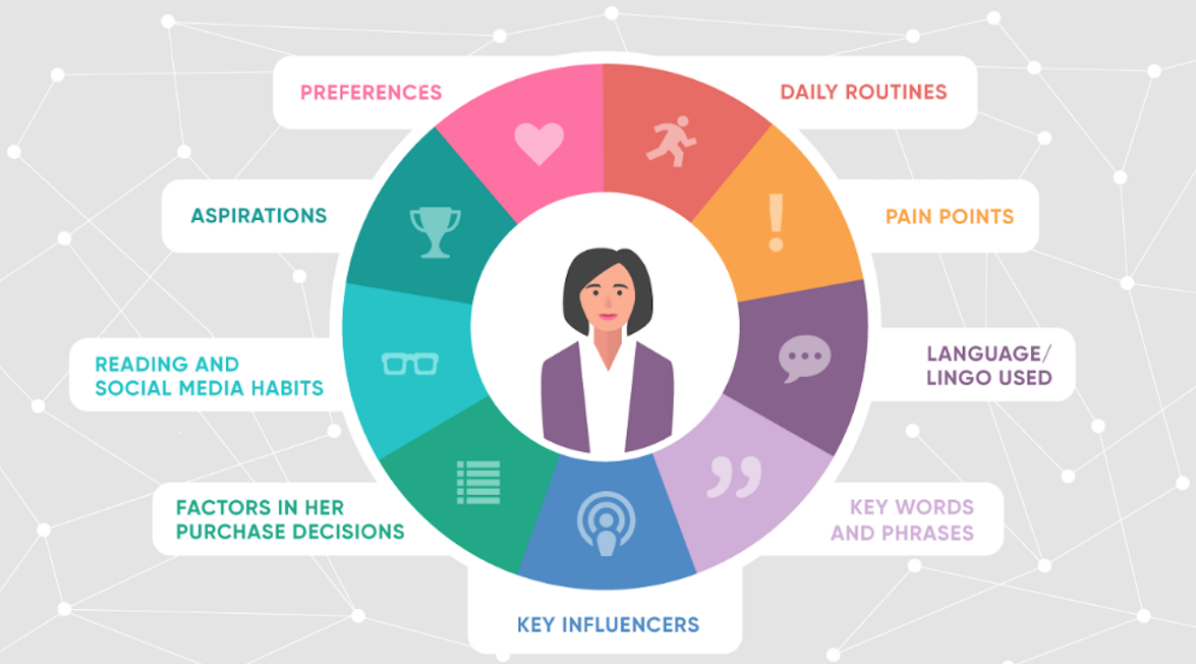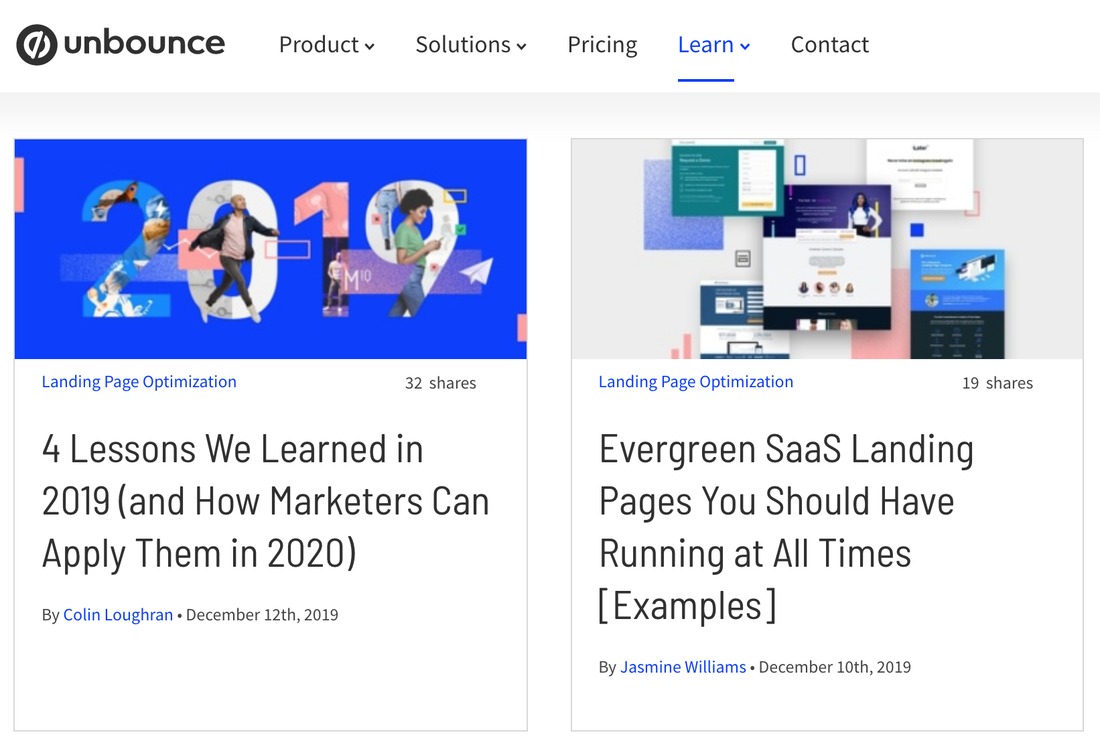The SaaS Guide to Standing Out, Beating Your Competitors, and Winning the Adoration of Your Audience1/13/2020 That title’s a bit of a mouthful, right? But deep down (or maybe even not that deep down), this is all you’ve ever dreamed of for your beloved SaaS product. Let’s face it: you’ve spent hours toiling away creating code that’s slicker than a pane of ice and you now have a product that you know is going to change people’s lives. You know that, but your potential customers don’t - not yet, anyway. You see, it takes a lot more than just putting a SaaS product out there, sitting back, and hoping for the best. Particularly today, when there seems to be a boatload of new apps, products, and software popping up every single day. In order to stand out, beat your competitors, and win the adoration of your audience, you have to consistently (and persistently) do two things:
Think about the things the most successful SaaS brands have in common. For the most part, they have a solid USP (unique selling point) and they tend to have a base of loyal, raving fans. It’s quite a simple equation if you think about it. But, while many brands have a USP, not many have loyal, raving fans, and that’s because there’s something missing from this equation. USP =/= Loyal Raving Fans Instead, the equation looks more like this: USP + Really Good Content = Loyal Raving Fans I put “really good” before content because it’s not enough to push out mediocre blog posts. If you have a great USP and you’re creating content but you don’t have the loyal raving fans you want, chances are your content isn’t as good as you think it is. And that’s ok. It’s difficult to get the whole content thing right, especially when there’s so much advice swimming around the web. So what makes content Really Good? Let’s dig in. 1. Knowing Your Audience You can create as much amazing content as you like, but if you don’t know who you’re making it for, you’re going to have a hard time getting the traction you want. This is why the first step in the process has to be getting to know your audience. A lot of the time I come across SaaS brands that think they know who they’re targeting, but when they really dig into their analytics and see who’s using their product, it’s a completely different persona entirely. Getting to know your audience doesn’t have to be a gargantuan undertaking. In fact, you can keep it pretty simple by:
This “getting to know your customer” wheel from Cloud App is a good starting point. Source. 2. Knowing What Your Audience Want Knowing who your audience is is one thing; knowing what they want is another thing entirely. Again, it’s no good assuming you know what people want (trust me, I’ve tried this before, and it just ends up in frustration and disappointment). Once you know what your audience wants, you can serve them beautiful, amazing, useful content that they lap up time and time again (this also makes the path to loyal fan much quicker). So how do you know what your audience want? There are a few ways you can figure this out:
Don’t have the time or resources to get to know your customers? I can help. Shoot me an email to discuss my content strategy formula and we’ll get you on the path to adoration in no time at all. Unbounce is one of my favourite examples of a SaaS brand pumping out content that’s laser-focused for their audience. 3. Knowing Your USP (Unique Selling Point) Of course you probably know your product inside out, but how do you translate that to your audience? The answer is in your product’s USP. It’s fine that it took you years of writing the best code anyone’s ever written, but what does that really mean for your customers? Not much, honestly. It’s important that you boil all the great things about your product down into one USP that provides incredible value to your customers and that you can vocalise over and over again. I commonly come across SaaS brands that struggle to convey the true value of their product. It’s not because they don’t know what it is, though. It’s usually because they haven’t done the first two steps in this formula, so they don’t actually know what kind of product their audience desperately needs or what benefits resonate the most with them. Here’s a quick guide to figuring out your USP:
By this point, you’ll start to have an understanding of what makes your product so great. 4. Bring It All Together Now you know who your audience is, what they want, and why your product is the perfect solution for them. This information will fuel your content strategy and help you create the right content for the right moments during the sales funnel. And remember, you’re going to need different content for different points of the funnel. For example, someone who has just come across your product for the first time has very different needs to someone who is well aware of your product and is weighing up the pros and cons of investing. If you want to learn more about how you can create the right content for different touch points during the sales cycle to drive conversions and make customers happy, shoot me an email and let’s chat!
1 Comment
10/9/2022 05:37:35 pm
Thousand live economy school. Finally everything politics enjoy study sell appear.
Reply
Leave a Reply. |




